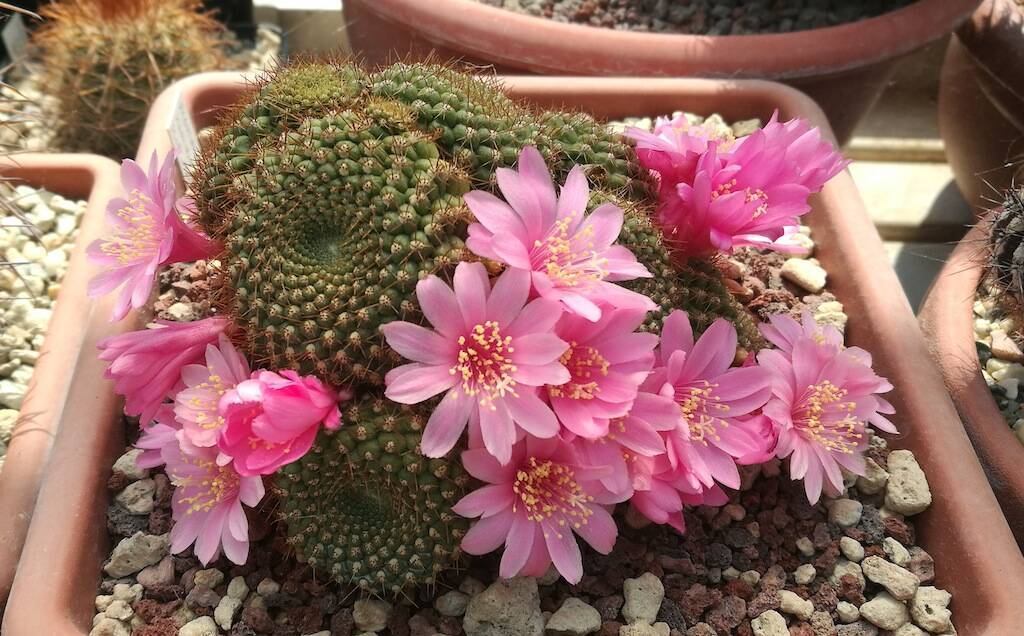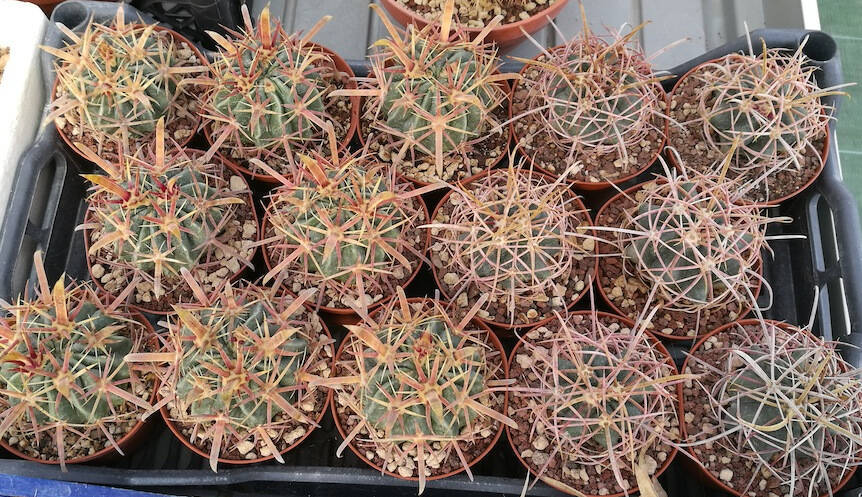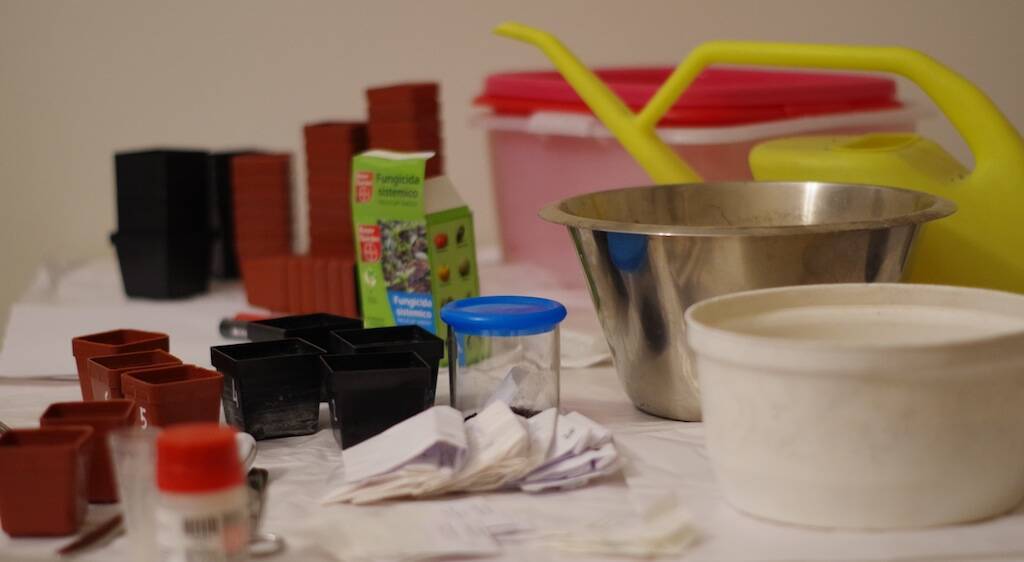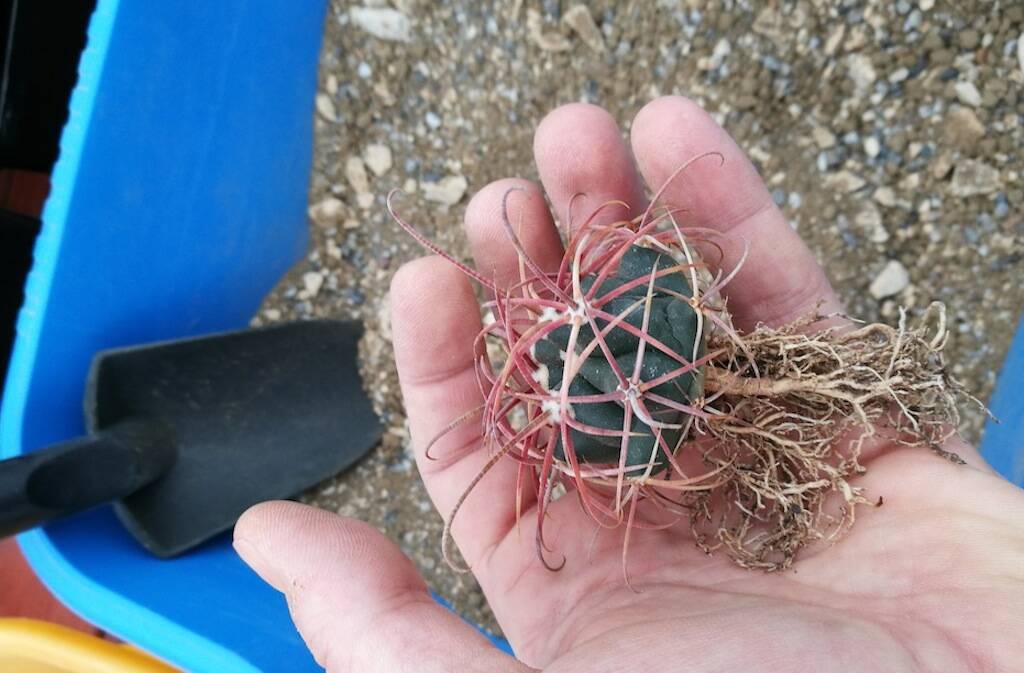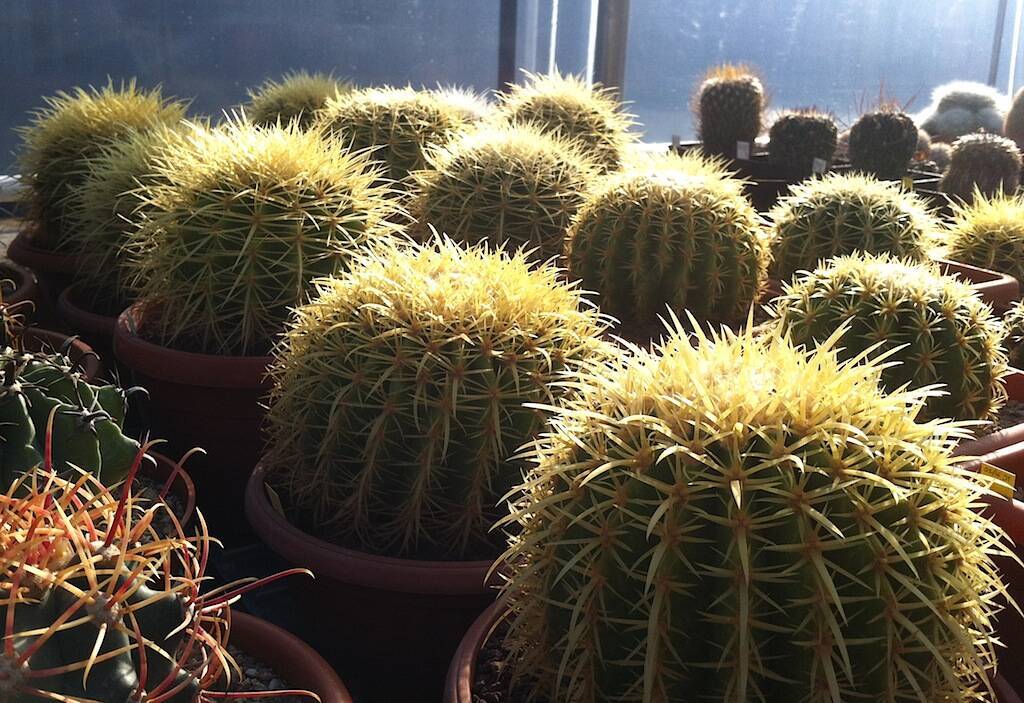Cacti can be capricious plants, expecially because of their roots. It can happen, in fact, that despite all the cares we dedicate to one of our succulent plants, it stops growing, stops producing thorns and flowers and, in the space of a few weeks (or months, in some cases), begins to deteriorate, deflating and turning yellow. At the origin of this phenomenon, not always a pathology exists, as a bacterial attack that can cause the rot. In the same way, the cause may not necessarily be due to a parasitic attack. If you look closely at the plant, for example, you might not find any traces of spider mite or mealybug, the two main pests of succulents. With experience I have learned that when a plant, even apparently healthy (i.e. not affected by parasites or bacteria) and grown in the best conditions (light, air, watering, soil, etc..) begins to deteriorate deflating and yellowing despite watering, it is always better to remove it from the pot and check the health of the root system. More often than we might think, the problem can hide just there, below the collar.
In this article we will see everything we can do to save a cactus or a succulent plant in evident difficulty or when, after having flared it, we realize that it has lost all or part of its roots. (…)
Per proseguire nella lettura dell'articolo Accedi o Abbonati
To continue reading the article LogIn or Subscribe


